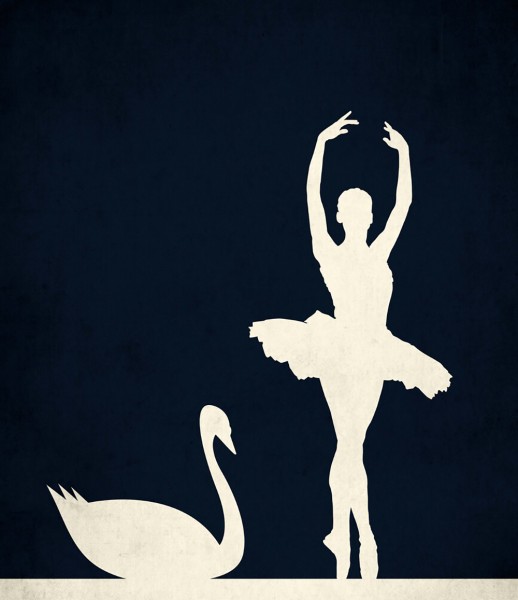The Timeless Majesty of Swan Lake: A Dive into Ballet's Crown Jewel
Published on February 21st 2024, 11:11AM
Swan Lake is not just a ballet; it's a phenomenon, a cultural touchstone, and a symbol of classical ballet's enduring allure. With its origins dating back to the late 19th century, this iconic production has captivated audiences with its haunting beauty, intricate choreography, and a score that is synonymous with balletic excellence. In this exploration of Swan Lake, we uncover the layers that have contributed to its status as a pinnacle of the ballet world.
The Genesis of Swan Lake:
The first performance of Swan Lake was on March 4, 1877, at the Bolshoi Theatre in Moscow. However, this initial rendition, choreographed by Julius Reisinger to the music of Pyotr Ilyich Tchaikovsky, was not the success it is known for today. It was Tchaikovsky’s first ballet score, and while his music was well-received, the production as a whole did not enamor the critics or the public.
The Swan Takes Flight:
It wasn't until 1895, after Tchaikovsky's death, that Swan Lake would take the form we recognize today. The ballet was revived by Marius Petipa and Lev Ivanov for the Imperial Ballet in St. Petersburg, with Petipa choreographing the first and third acts while Ivanov took on the second and fourth. This collaboration resulted in the perfect melding of dramatic narrative and expressive dance that has since defined Swan Lake.
The Music That Moves:
Tchaikovsky's score for Swan Lake is nothing short of legendary. With its leitmotifs that represent characters and its emotive range from the depths of despair to the heights of jubilation, the music serves as the ballet’s soul. The composer’s ability to translate a story into music was revolutionary for ballet, helping to elevate the dance form to a new artistic height.
A Story That Resonates:
At its core, Swan Lake is a tale of love and tragedy, of magic and human emotion. The dual role of Odette/Odile, where a single ballerina performs the part of both the pure White Swan and the deceptive Black Swan, is a tour de force of technical skill and dramatic storytelling. This central narrative of mistaken identity and doomed love is a universal theme that continues to resonate with audiences.
The Legacy of Swan Lake:
Swan Lake's importance lies in its role as a standard-bearer for classical ballet. It is a rite of passage for ballerinas, a showcase for male dancers, and a canvas for designers and directors. The ballet has been interpreted by countless companies, each bringing its own vision while maintaining the integrity of the story and the precision of the dance.
Becoming Iconic:
Swan Lake has transcended the stage to influence popular culture, from films to fashion to literature. Its themes are woven into the fabric of society and its music is instantly recognizable. The ballet's survival and proliferation are a testament to its adaptability and the universal appeal of its story.
Conclusion:
Swan Lake remains a cornerstone of classical ballet, a testament to the creative genius of Tchaikovsky, Petipa, and Ivanov. Its longevity is a tribute to the power of storytelling through dance and music. As long as there are audiences to be moved, and dancers to leap and twirl, Swan Lake will continue to be performed, loved, and revered, carrying on its legacy as the epitome of classical ballet.


Comments (0)